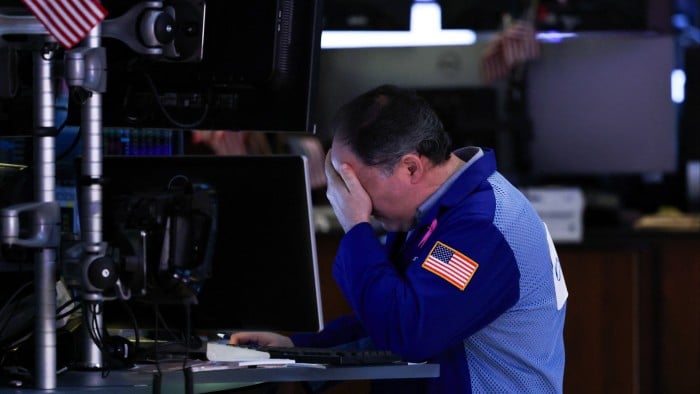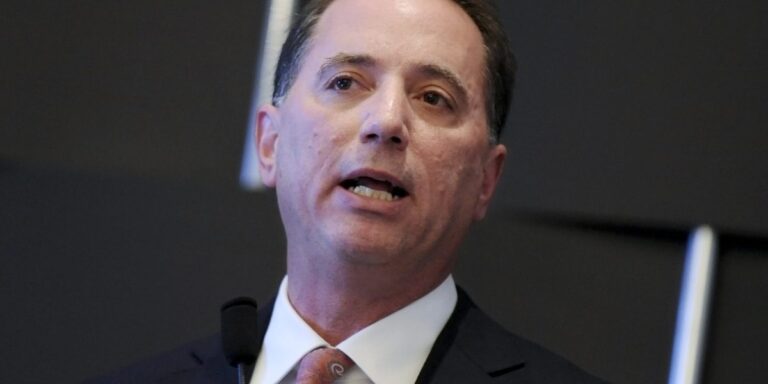Mexico and Canada have ramped up their border activities with the United States in response to concerns regarding migration, prompted by a looming deadline set by former President Donald Trump, who has threatened to impose significant tariffs.
In Ciudad Juárez, Mexico, workers have started sealing a 300-meter tunnel used for smuggling migrants into Texas. The tunnel, which is 1.8 meters high and equipped with electrical wiring and ventilation, extended beneath the Río Bravo (Rio Grande) from central Juárez near a major highway. U.S. authorities reported discovering the tunnel earlier in the month.
Mexico has established large, climate-controlled temporary shelters for deportees. President Claudia Sheinbaum noted that a portion of the migrants returned includes individuals from countries other than Mexico, representing thousands taken back during Trump’s initial week in office. She had previously indicated a willingness for Mexico to accept non-Mexican migrants as a gesture to Trump.
Canada has responded by deploying newly leased Black Hawk helicopters, additional canine units, and a fleet of 60 drones along its border with the U.S. in light of Trump’s calls for both nations to manage the influx of illegal migrants and the fentanyl crisis.
David McGuinty, Canada’s public safety minister, emphasized that their initiative consists of political, official, and operational outreach, including discussions this week with Trump’s border adviser, Tom Homan.
Officials in both Mexico City and Ottawa have quickly sought to showcase their actions following Trump’s threats of imposing 25 percent tariffs on their exports come February 1 if migration and drug trafficking are not curtailed. Analysts have warned that implementing such tariffs would likely lead both economies into recession, disrupt supply chains across various industries, and elevate costs for U.S. consumers.
Last week, Trump briefly announced punitive tariffs against Colombia due to the country’s refusal to accept military aircraft carrying deportees, but he lifted the sanctions when Colombia complied.
In an effort to manage border issues, Trump has declared a national emergency at the U.S.-Mexico border, deployed an additional 1,500 troops, and revoked legal immigration pathways established by his predecessor, including a mobile application for asylum seekers.
These measures have left numerous migrants, such as Argenis, a 26-year-old Venezuelan hoping to be reunited with his brother in Texas, stranded in Mexican border cities. “I was so excited to hug my family too,” he shared, reflecting on the emotional toll.
Migration has been a central theme of Trump’s campaigns, with a focus on record illegal immigration levels during Biden’s presidency. Sheinbaum reported that immigration officials from both nations have conducted several virtual meetings and reached agreements, although details remain scarce.
In the first week of Trump’s administration, Mexico reportedly took back around 4,000 migrants, an increase compared to the previous year’s average of about 3,700 per week. Mexico has been enhancing its immigration enforcement under U.S. pressure for over a decade and has intensified checks in recent times, focusing on relocating foreign migrants further south.
Additionally, Mexico faces significant challenges with drug cartels distributing fentanyl and other substances to the U.S., amidst rising murder and disappearance rates. Security Minister Omar García Harfuch stated that over 10,000 individuals have been detained for severe crimes such as murder and robbery since October, with more than 90 tonnes of drugs confiscated.
The scenario at the Canada-U.S. border differs significantly. Since June, U.S. authorities have reported approximately 100,000 illegal crossings from Mexico monthly, while the Canadian border experiences about 15,000 such crossings.
Canada maintains that only about 1 percent of fentanyl entering the U.S. is transported via its border. Nonetheless, Trump has still threatened Canada alongside Mexico as both nations announced substantial drug seizures recently.
Canadian Foreign Minister Mélanie Joly plans to meet with U.S. Secretary of State Marco Rubio, during which she will discuss trade tariffs and possible collaborations with Mexico, the U.K., and European counterparts.
In December, Canada unveiled an additional C$1.3 billion (approximately US$900 million) to enhance border security and immigration systems, increasing patrols and surveillance across nearly 9,000 kilometers of land and water borders.
Xavi Delgado from the Canada Institute at the Wilson Centre opined that this situation has served as a wake-up call for Ottawa regarding its relationship with the U.S.
Both Mexico and Canada have been actively lobbying U.S. lawmakers and officials in the president’s circle, emphasizing that tariffs would be detrimental for all three nations involved.
Despite the strict measures, some migrants such as Gabriel, a 23-year-old Venezuelan at the border, remain hopeful. “I’m thinking of staying here quietly, waiting,” he expressed. “I feel that at any moment we’ll be able to cross legally, or something good will happen.”
photo credit: www.ft.com








